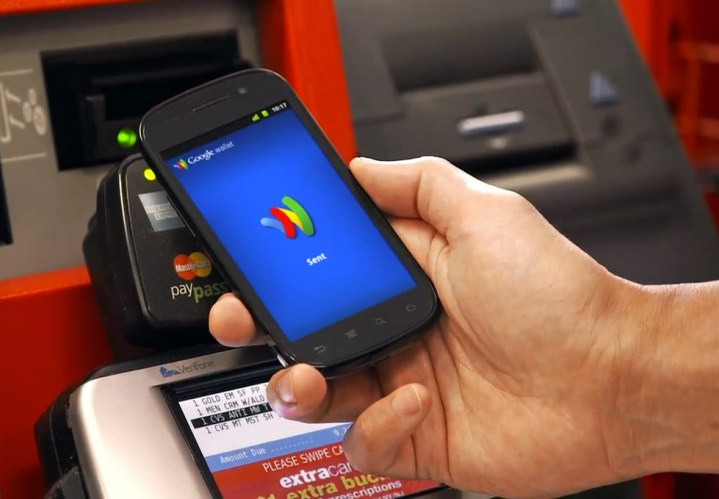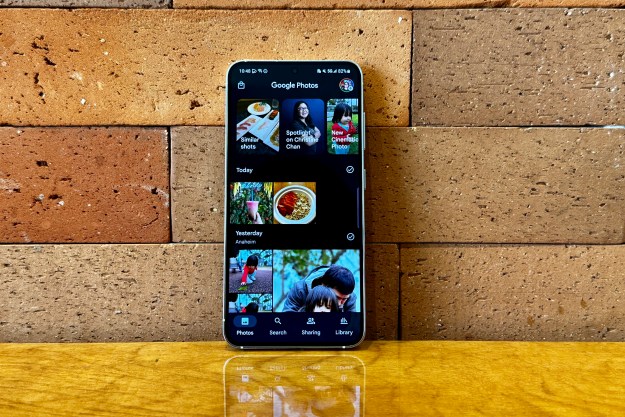
Previously, users had to withdraw a balance, or cash out, and didn’t have the option of a direct transfer.
Over the course of the next week, Google is slated to gradually roll out the new feature, which ought to speed up the process for Wallet users to actually access cash. This puts Google Wallet in much closer competition with other payment services like PayPal, Venmo, Square Cash, and other big names. Once the update is fully implemented, users will be able to choose a bank account or debit card for their automatic transfers, either from within the app or from the web. After this has been set up, users will no longer have to “cash out” money — instead, it’ll just be available on the spot. Well, almost.
Sure, you don’t have to go through the extra step of cashing out, but depending on your bank and whether you’re transferring funds to a debit card or a bank account, you could still have to wait a bit. While debit card transfers should be instant in the majority of situations, banks could take between one and three days to show your new balance.
Don’t worry — if you want to keep money in your wallet account, that’s totally fine, too. It’s secure, Google says, as your Wallet app can “only be accessed with your Google Payments PIN.” Should you happen to lose your phone, you can ensure that no one else has access to your digital wallet by removing access by way of myaccount.google.com.
Editors' Recommendations
- Google just released the first Android 15 beta. Here’s what’s new
- Google just announced 8 big Android updates. Here’s what’s new
- Google is launching a powerful new AI app for your Android phone
- Does the Google Pixel 7a have a headphone jack?
- Does the Google Pixel 7a have wireless charging?

